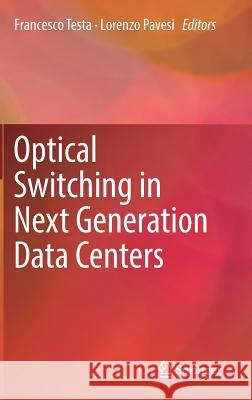Optical Switching in Next Generation Data Centers » książka
topmenu
Optical Switching in Next Generation Data Centers
ISBN-13: 9783319610511 / Angielski / Twarda / 2017 / 336 str.
Kategorie:
Kategorie BISAC:
Wydawca:
Springer
Język:
Angielski
ISBN-13:
9783319610511
Rok wydania:
2017
Wydanie:
2018
Ilość stron:
336
Waga:
0.67 kg
Wymiary:
23.39 x 15.6 x 2.06
Oprawa:
Twarda
Wolumenów:
01
Dodatkowe informacje:
Wydanie ilustrowane











